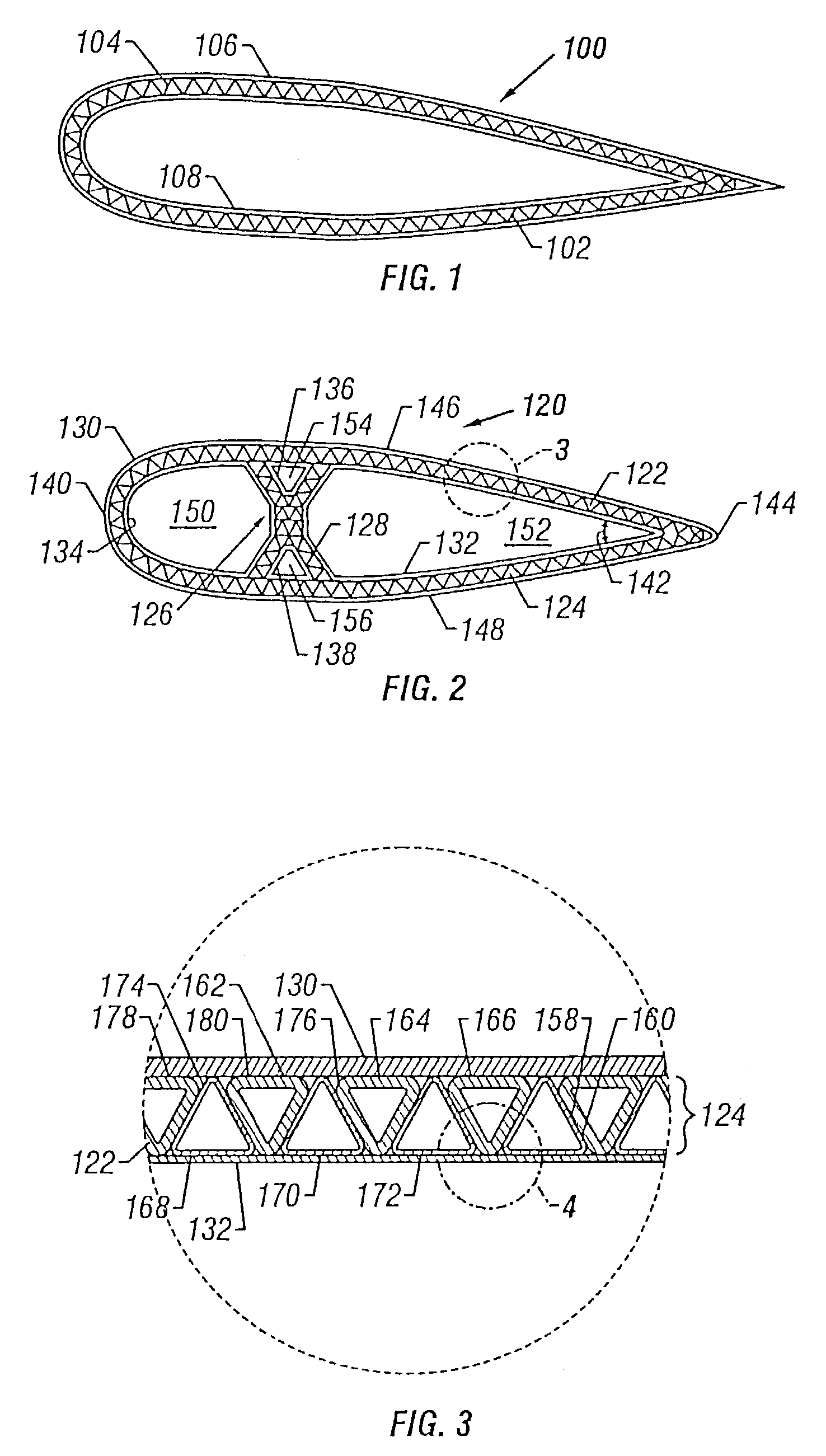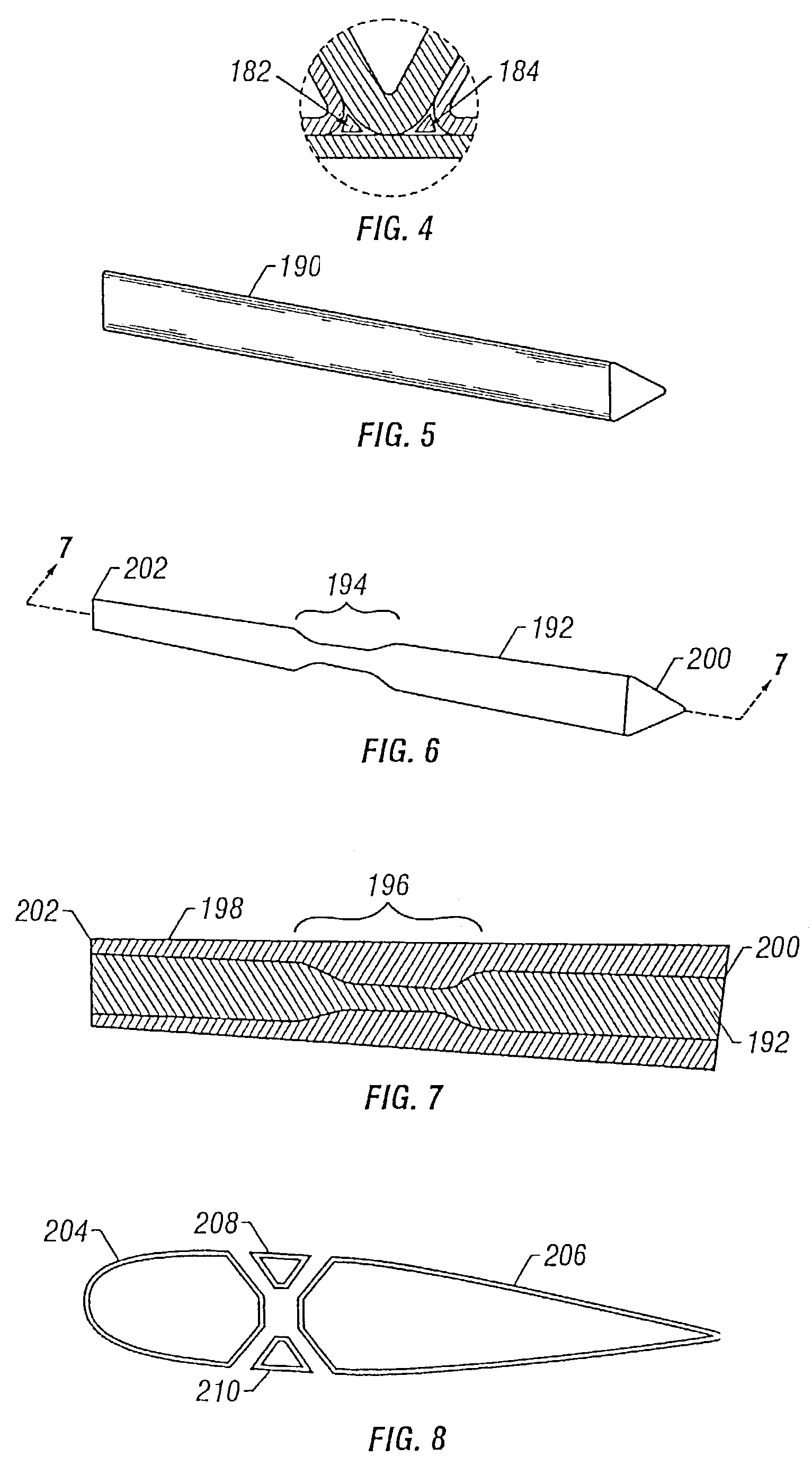Tubular members integrated to form a structure
a tubular member and integrated technology, applied in the direction of hollow wall articles, transportation and packaging, efficient propulsion technologies, etc., can solve the problems of high manufacturing complexity and labor costs associated with the assembly of numerous individual components, relative low strength-to-weight ratio, and inability to use in highly loaded structures
- Summary
- Abstract
- Description
- Claims
- Application Information
AI Technical Summary
Benefits of technology
Problems solved by technology
Method used
Image
Examples
Embodiment Construction
[0075]This description is not to be taken in a limiting sense, but is made merely for the purpose of illustrating the general principles of the invention. The section titles and overall organization of the present detailed description are for the purpose of convenience only and are not intended to limit the present invention.
[0076]One of the objectives of the present invention is to reduce the weight of a load carrying structure and at the same time reduce the cost of producing the structure. To accomplish the above objective, as in any structural design, the structure may be divided into elements and analyzed by such methods as finite element analysis to determine the load that must be carried by each of the elements. As such, each element may have its own unique load carrying characteristics, that is one element may be subject to more torque stresses than others, while another element may be subject to more tensile stresses. Thus, each element is specifically designed to handle it...
PUM
| Property | Measurement | Unit |
|---|---|---|
| temperature | aaaaa | aaaaa |
| temperature | aaaaa | aaaaa |
| melting temperature | aaaaa | aaaaa |
Abstract
Description
Claims
Application Information
 Login to View More
Login to View More - R&D
- Intellectual Property
- Life Sciences
- Materials
- Tech Scout
- Unparalleled Data Quality
- Higher Quality Content
- 60% Fewer Hallucinations
Browse by: Latest US Patents, China's latest patents, Technical Efficacy Thesaurus, Application Domain, Technology Topic, Popular Technical Reports.
© 2025 PatSnap. All rights reserved.Legal|Privacy policy|Modern Slavery Act Transparency Statement|Sitemap|About US| Contact US: help@patsnap.com



